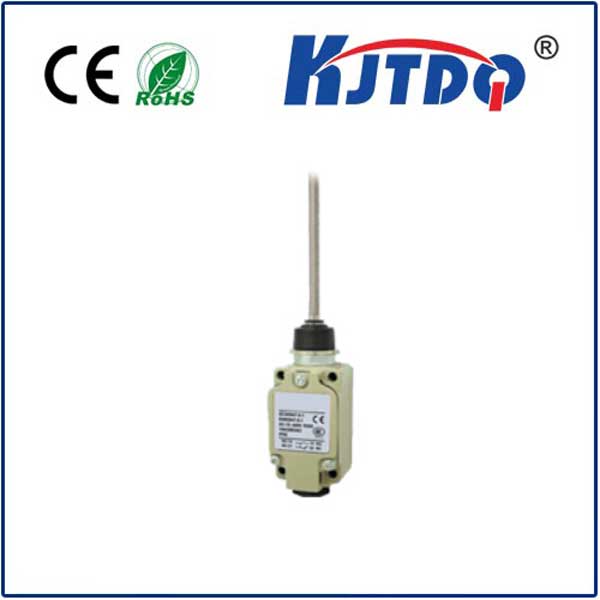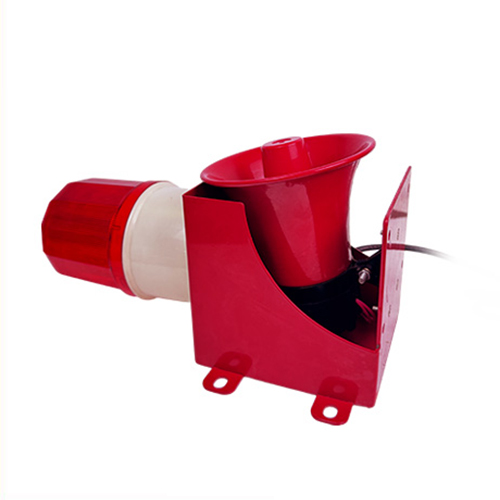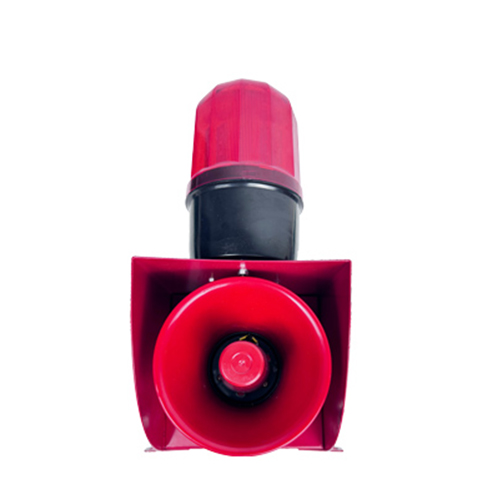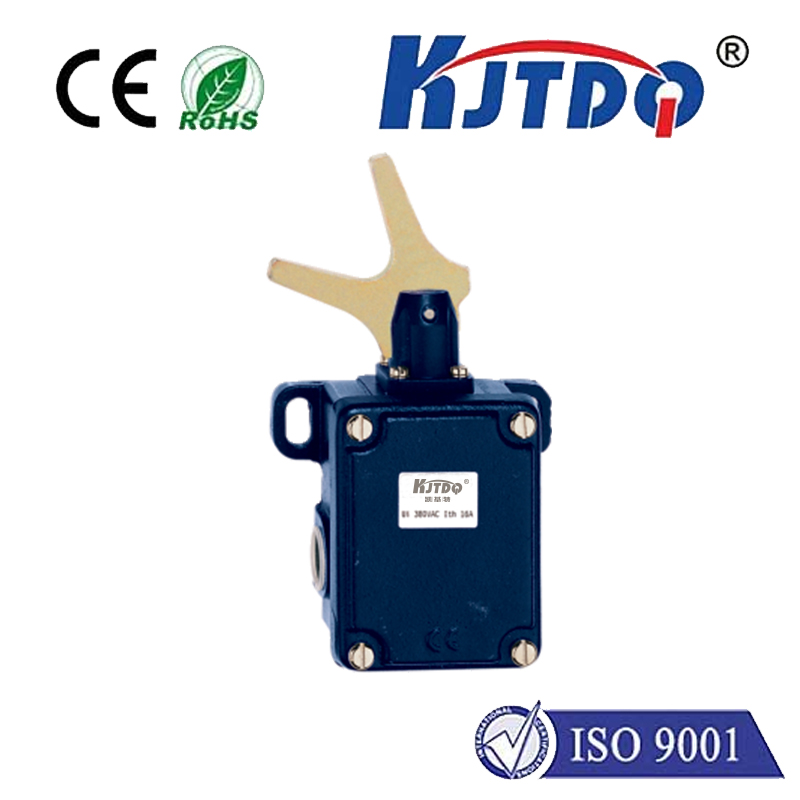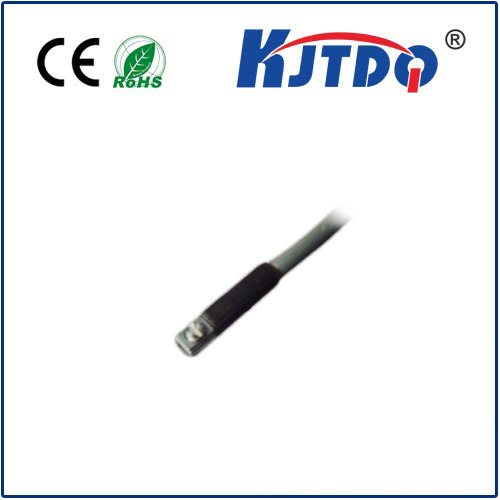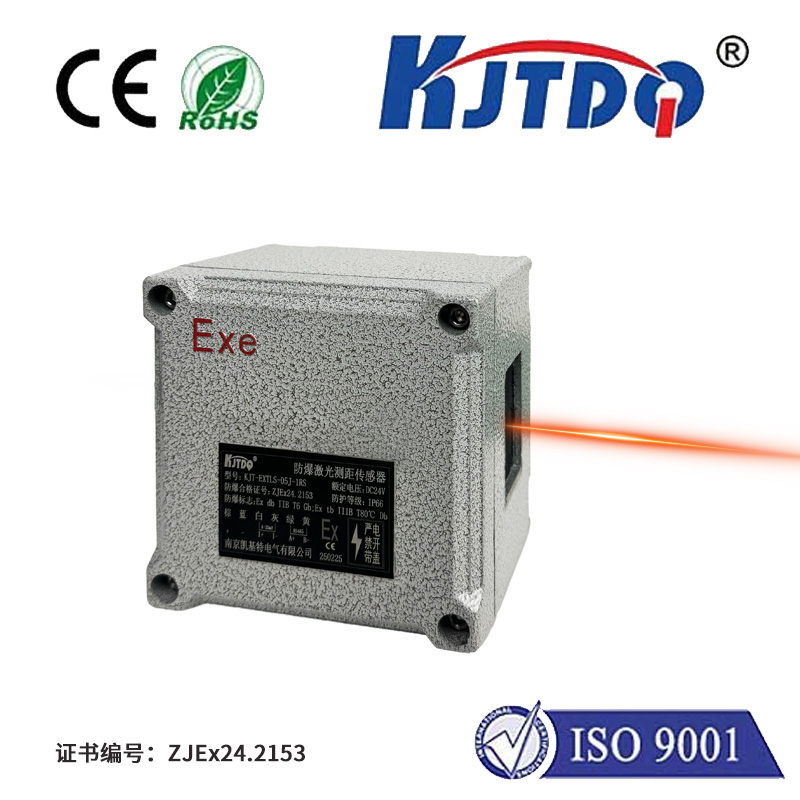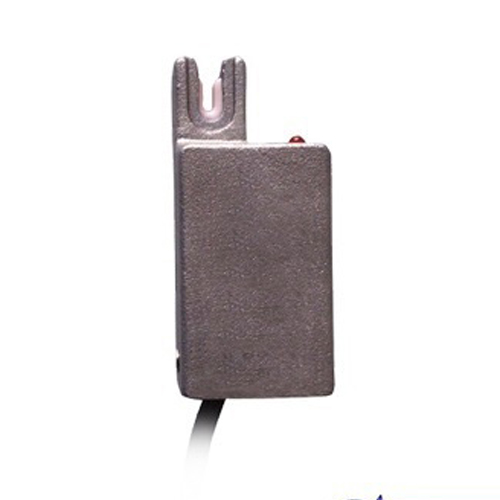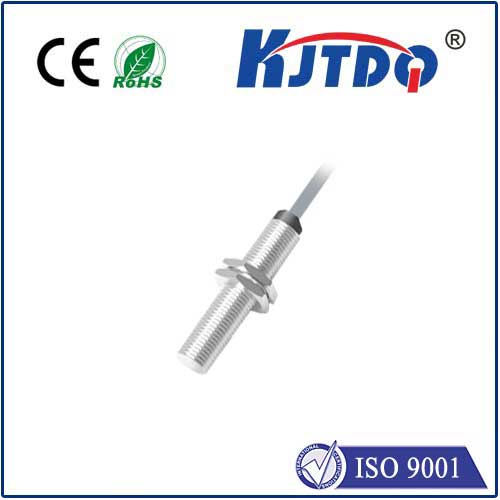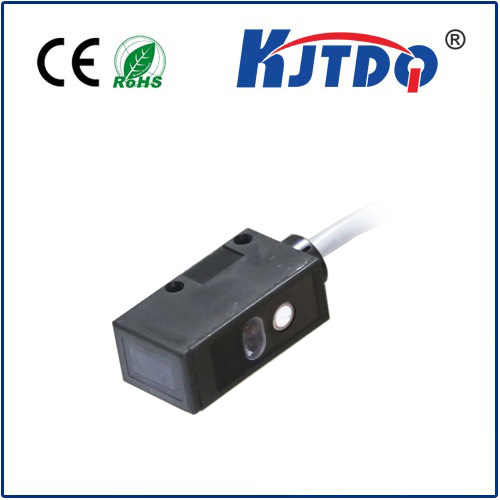omron proximity sensor 18mm
- time:2025-07-19 08:04:56
- Click:0
Omron 18mm Proximity Sensors: Precision Detection Where Space & Reliability Matter
Imagine a high-speed packaging line. Cartons whiz by, robotic arms place products with pinpoint accuracy, and conveyors synchronize flawlessly. Now, picture a tiny component buried within the machinery, silently confirming the position of a metal part or detecting the presence of an object – critical for safety and timing, yet unnoticed until it fails. This unsung hero is often a proximity sensor, and when space is tight and reliability is non-negotiable, an Omron 18mm proximity sensor frequently steps into the role. These robust, compact devices represent a sweet spot in industrial automation, offering the perfect blend of dependable performance, manageable size, and the trusted Omron engineering pedigree. If you’re navigating the world of industrial sensing, understanding the specific value proposition of the Omron proximity sensor 18mm range is essential.
At their core, Omron’s 18mm inductive proximity sensors operate on a fundamental electromagnetic principle. The sensor face houses an oscillator circuit generating an oscillating high-frequency magnetic field. When a metal target (typically ferrous metals like steel or iron, or non-ferrous like aluminum or brass) enters this detection field, it induces eddy currents within the metal. This interaction causes a change in the amplitude of the oscillator’s oscillations. A sophisticated sensing circuit within the Omron sensor continuously monitors this amplitude shift. Once the change surpasses a pre-determined threshold, the sensor’s output state switches – turning On or Off – sending a clear, high-speed digital signal to the machine’s controller (like a PLC). This entire process happens contactlessly, meaning no physical touch is required, leading to essentially infinite mechanical lifespan and freedom from wear-related failures.
Why does the 18mm diameter specifically matter? It strikes an optimal balance:
- Compactness: In densely packed machinery, control panels, or mobile equipment, every millimeter counts. The 18mm form factor provides substantial sensing capability while occupying significantly less space than larger 30mm sensors. This compactness allows for installation in confined areas where a standard sensor simply wouldn’t fit.
- Robustness: Compared to much smaller 8mm or 12mm sensors, the Omron 18mm proximity sensor inherently offers a more robust housing, typically featuring sturdy nickel-plated brass or stainless steel barrels. This translates to better resistance to vibration, mechanical stress, and impacts commonly encountered in harsh industrial environments.
- Performance: The slightly larger size allows for potentially longer sensing distances compared to miniature sensors. While specific ranges vary by model and target material (Sn – Nominal Sensing Distance – is a key spec to check), 18mm sensors often offer sensing ranges around 1.5mm to 5mm for steel targets, providing a practical “safety buffer” for reliable detection without requiring targets to be dangerously close.
- Versatility: The Omron 18mm proximity sensor family typically comes in a wide array of configurations. You’ll find shielded (flush-mountable) and unshielded (non-flush mountable) types, diverse connection styles (axial/cable, radial/cable, radial/connector, M8/M12 quick-disconnect), various output configurations (NPN Normally Open/Closed, PNP Normally Open/Closed, AC 2-wire), and different operating voltage ranges (commonly 10-30V DC or 20-250V AC). This vast selection ensures finding a sensor specifically tailored to your electrical and mechanical needs.
The Omron Advantage in 18mm Proximity Sensors
Beyond the inherent benefits of the 18mm size, choosing Omron brings distinct advantages engineered into the sensor itself:
- Unmatched Reliability & Longevity: Omron sensors are renowned for their ruggedness. They typically feature superior ingress protection ratings (often IP67, IP68, or IP69K), making them resistant to dust, water jets, washdowns, and even temporary submersion – crucial for food processing, automotive, or outdoor equipment. They also boast exceptional resistance to electrical noise, ensuring stable operation even near heavy motors or variable frequency drives.
- Precision Tuning & Stability: Omron utilizes high-quality core materials and precise manufacturing techniques to achieve consistent sensing characteristics and minimal drift over time and temperature variations. This means predictable performance day in, day out.
- Extended Temperature Ranges: Many Omron 18mm proximity sensors operate flawlessly across extreme temperatures, from -25°C or lower up to +70°C or even higher in specific models, catering to demanding oven-side applications or freezing warehouses.
- Advanced Diagnostic Features (on select models): Higher-end Omron sensors incorporate features like operation indicators (visual LED confirmation) and sophisticated diagnostics (sometimes via IO-Link communication) for easier commissioning and troubleshooting, reducing machine downtime.
- Global Support & Availability: Omron’s extensive global network ensures ready availability and expert technical support, minimizing supply chain worries.
Prime Applications for Omron 18mm Proximity Sensors
The combination of size, robustness, and Omron reliability makes these sensors indispensable across numerous sectors:
- Factory Automation: Position detection on assembly lines, counting parts on conveyors, end-of-travel sensing for cylinders and slides, monitoring tool presence in CNC machines. Their compact size allows them to integrate seamlessly into complex assemblies.
- Packaging Machinery: Verifying the presence of containers (cans, bottles, boxes made of metal or with metal components), controlling fill levels by detecting pistons or valve positions, confirming cap placement. Washdown resistance is vital here.
- Automotive Manufacturing: Detecting metal components during engine assembly, monitoring robotic arm positions, ensuring proper clamping in welding fixtures, confirming gear selection. Vibration resistance is critical in these environments.
- Material Handling: Verifying pallet presence on AGVs (Automated Guided Vehicles), detecting trolleys on overhead conveyors, confirming bin positioning on lift systems.
- Mobile Equipment (Construction/Agriculture): Monitoring hydraulic cylinder positions, detecting boom angles, gear position sensing. Durability against shock and weather is paramount.
- General Machinery: Any application requiring reliable, non-contact detection of metal objects within a constrained space.
Choosing and Implementing Effectively
When selecting an Omron proximity sensor 18mm for your application, consider these key factors:
- Target Material: Inductive sensors detect metallic objects. Specify if the target is Ferrous (iron, steel) or Non-Ferrous (aluminum, brass, copper), as this affects the real-world sensing distance (Sn).
- Required Sensing Distance (Sn): Ensure the sensor’s nominal sensing distance is adequate for your mounting requirements and target approach path, considering reductions for non-ferrous targets.
- Mounting Constraints & Type: Do you need a shielded (flush-mountable) sensor for side-by-side mounting? Or an unshielded type for maximum range? Ensure the housing length and thread (commonly M18x1) fit. Always maintain the recommended free space around the sensor as per datasheet guidelines.
- Electrical Requirements: Match the sensor’s output type (NPN/PNP/NO/NC/AC) and voltage range to your control system.
- Environmental Conditions: Verify the required IP rating, temperature range, and chemical resistance (especially for washdown areas). Omron offers options rated IP67, IP68, IP69K, and specialized chemical-resistant coatings.
Conclusion
The Omron 18mm proximity sensor range exemplifies the fusion of





